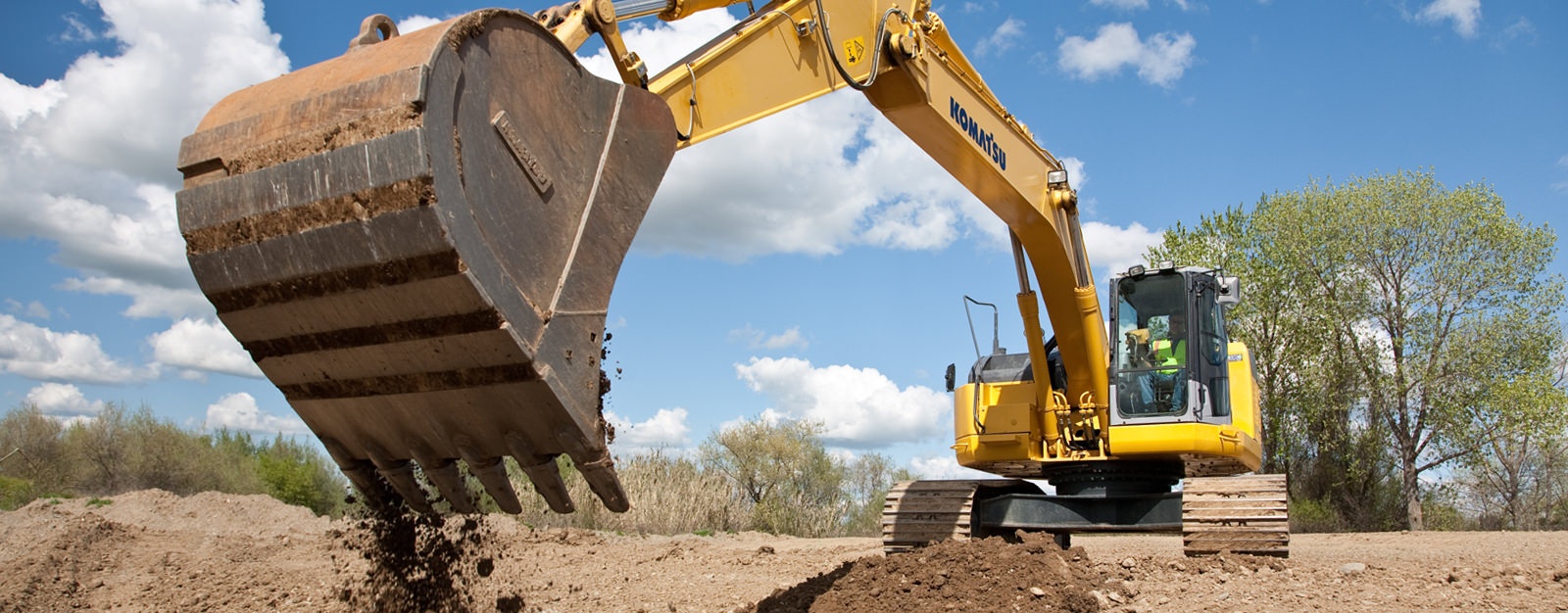Septic Ohio - Comprehensive Septic System Solutions in Ohio
Septic Ohio - Comprehensive Septic System Solutions in Ohio
Blog Article
Comprehensive Excavation Methods: Understanding the Fundamentals for Success
The cautious planning, precise execution, and thorough attention to detail needed in excavation projects demand a detailed method that includes numerous fundamental aspects. The real mastery exists not simply in comprehending these fundamentals but in flawlessly integrating them to browse the complexities of excavation projects with finesse.
Understanding Excavation Project Preparation

The initial phase of any excavation task is the preparation stage, where critical decisions are made that can substantially influence the outcome of the job. Understanding the project extent, budget plan, and timeline constraints is essential for producing a comprehensive excavation strategy that ensures the task's success.
One key facet of excavation task preparation is the advancement of a detailed timeline that lays out the sequence of turning points, activities, and deadlines. This timeline functions as a roadmap for the project team, permitting them to track progression and make required changes to make certain the project remains on schedule. In addition, a well-defined budget that represents all costs, including devices rental, labor prices, and products, is necessary for preventing price overruns and hold-ups. By very carefully considering all these variables throughout the preparation phase, excavation projects can be carried out efficiently and properly, resulting in effective results.
Dirt Evaluation and Site Analysis
Performing extensive soil evaluation and website analysis is an important action in the preparation phase of any type of excavation task. Soil analysis includes determining the structure, framework, and residential properties of the soil at the excavation website. This details is essential for understanding the dirt's bearing ability, dampness content, and possibility for erosion, which are key variables in establishing the excavation approaches and devices required for the project.
Website analysis goes beyond dirt evaluation and includes a more comprehensive assessment of the general website conditions. This assessment includes identifying any kind of prospective threats, such as below ground energies, environmental issues, or unpredictable surface, that can impact the excavation procedure. By completely reviewing the site, job managers can establish effective excavation strategies that focus on security, effectiveness, and environmental management.
Using sophisticated innovations like ground-penetrating radar, soil tasting, and drone studies can improve the precision and effectiveness of dirt analysis and site evaluation. Spending time and sources in these initial steps can ultimately save time and prevent costly delays or issues during the excavation process.
Equipment Option and Utilization
Reliable excavation tasks depend greatly on strategic equipment choice and utilization to ensure ideal efficiency and performance. Choosing the ideal equipment for the job is vital in making best use of efficiency and minimizing downtime. Aspects such as the kind of dirt, depth of excavation, and job range play a significant duty in identifying one of the most suitable equipment for the task at hand.

Along with choosing the suitable tools, appropriate use is essential to task success. Operators should be trained to handle the devices securely and effectively - lancaster excavation. Normal upkeep checks and timely repair services help avoid failures and guarantee regular performance throughout the project
Precaution and Rules Conformity
In the realm of excavation jobs, prioritizing safety procedures and compliance with policies is extremely important to guaranteeing a secure and legitimately sound functional atmosphere. Safety measures incorporate an array of techniques, including conducting thorough site analyses, implementing proper signs and barriers, and supplying adequate safety training for all workers entailed in the excavation process. Adherence to regulations, such as OSHA requirements in the United States, makes sure that the excavation job satisfies the necessary requirements to shield workers, bystanders, and the surrounding environment.

Surveillance Progression and Adjusting Techniques
Just how can forecast supervisors successfully track the improvement of excavation projects and adapt their strategies appropriately to enhance end results? Monitoring progression is important for making sure that excavation jobs remain on track and meet target dates. Project supervisors can utilize different tools and techniques to track progression, such as daily development records, regular website evaluations, and advanced monitoring innovations like drones and general practitioners tracking systems. By continually monitoring the task's advancement, supervisors can determine any type of possible delays or concerns beforehand and take positive procedures to address them.

Verdict
In conclusion, understanding the principles of detailed excavation techniques is essential for the success of any kind of task. By recognizing job preparation, assessing soil and site conditions, picking ideal devices, following safety policies, important link and keeping track of progress, project supervisors can ensure a efficient and smooth excavation process. Carrying out these approaches will bring about successful results and lessen possible risks or obstacles during the excavation job.
The initial phase of any kind of excavation job is the planning stage, where critical choices are made that can significantly influence the outcome of the job. Comprehending the job timeline, spending plan, and extent restrictions is crucial for creating a detailed excavation strategy that ensures the task's success.
Just how can forecast supervisors effectively track the improvement of excavation jobs and adapt their methods appropriately to maximize end results? By visit the website very closely keeping an eye on development and being willing to adjust methods, task managers can boost the total success of excavation jobs.
By understanding job preparation, assessing soil and website conditions, selecting ideal tools, complying with security guidelines, and monitoring progress, project managers can guarantee a effective and smooth excavation process.
Report this page